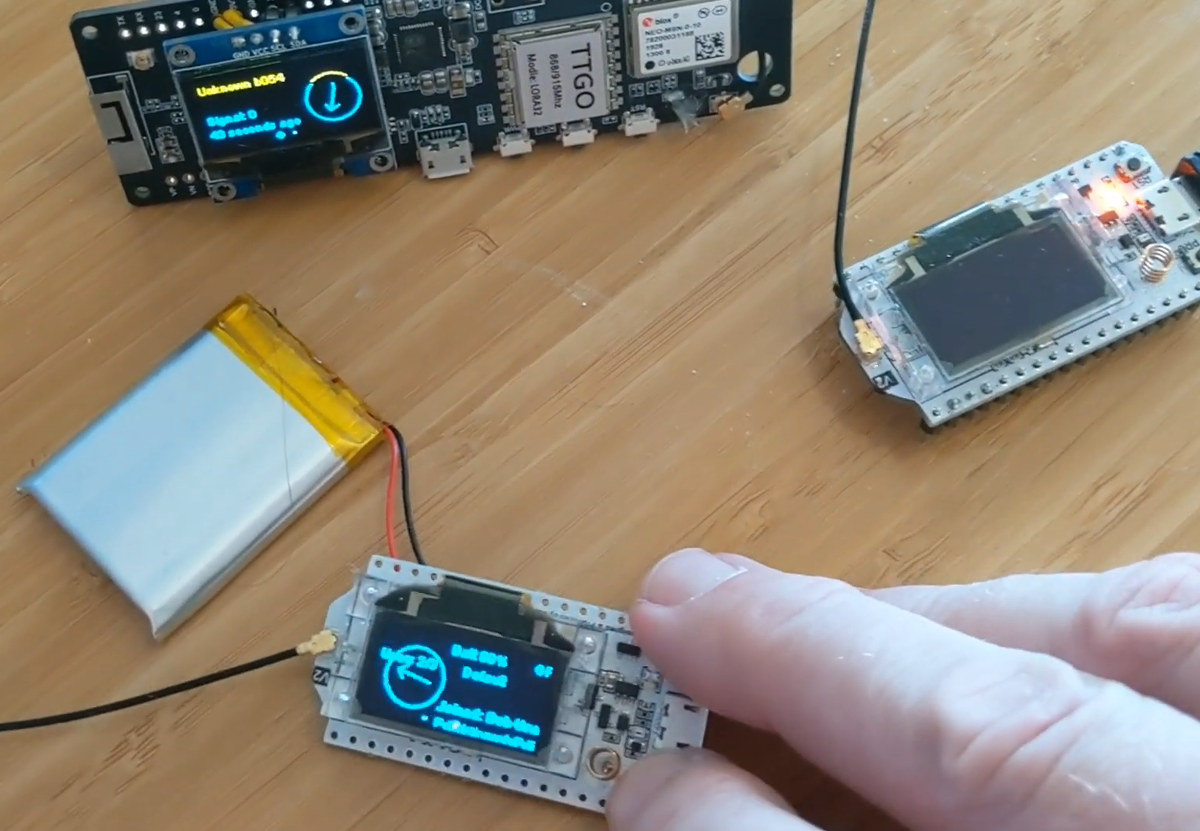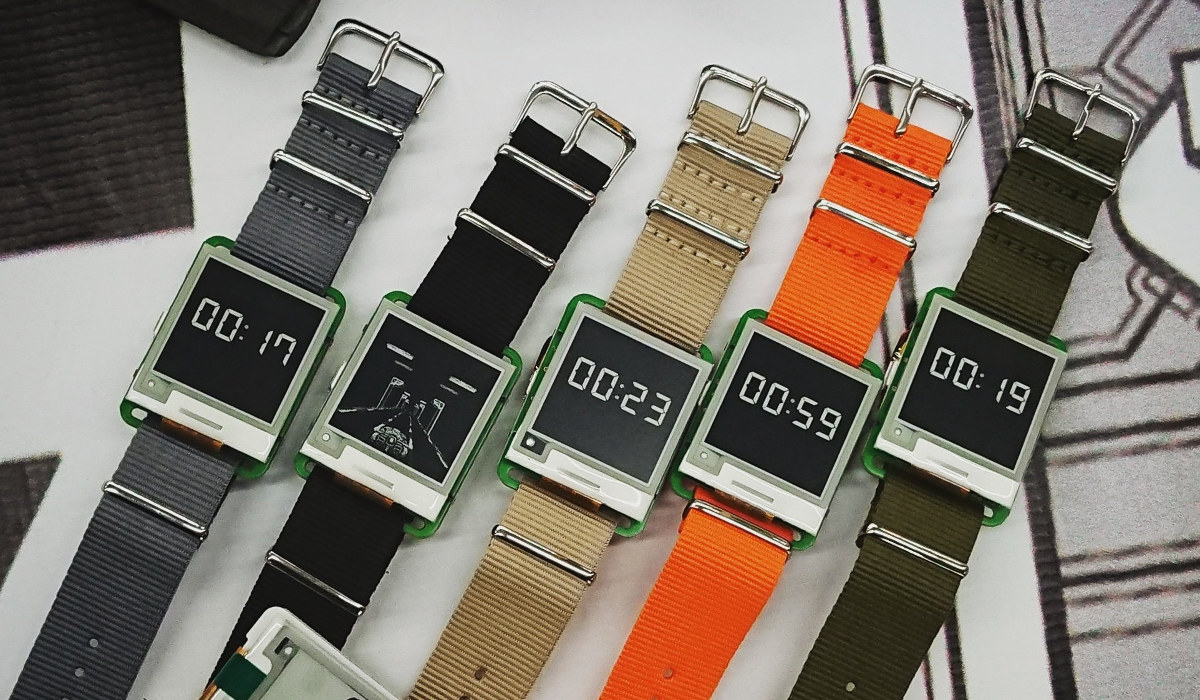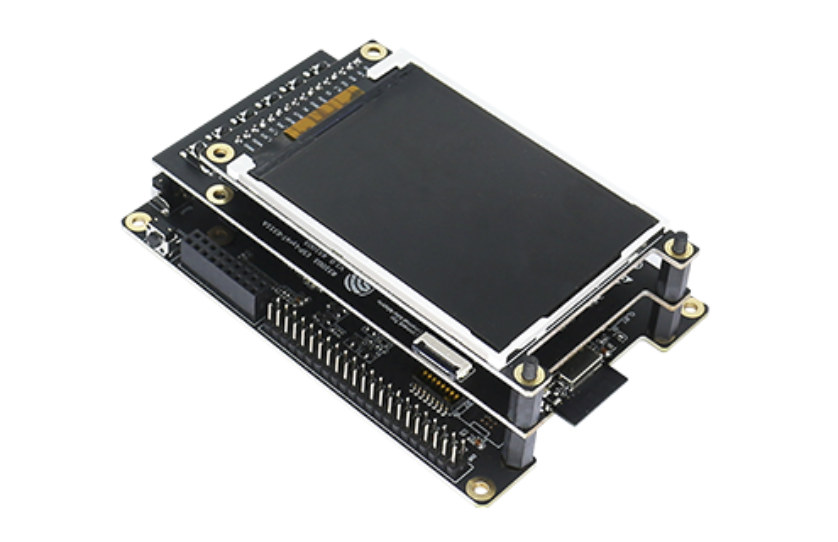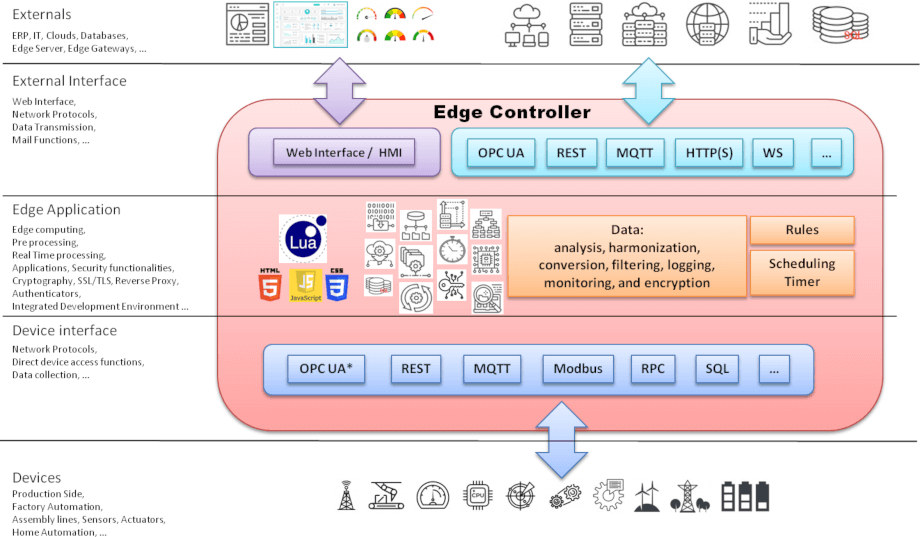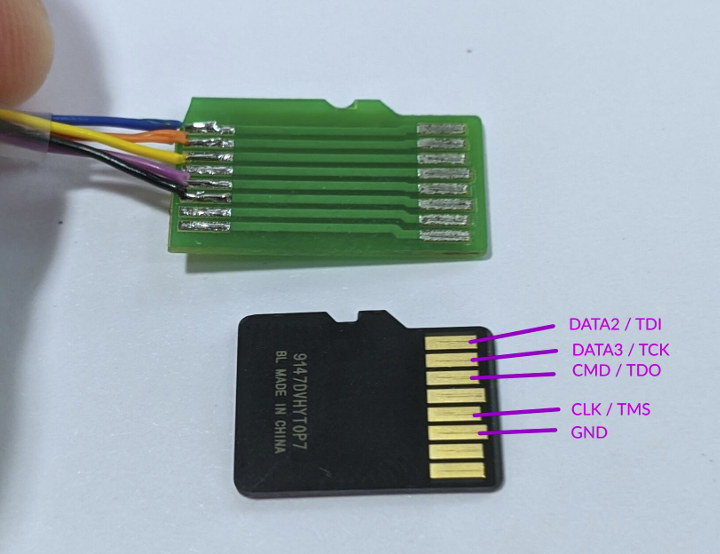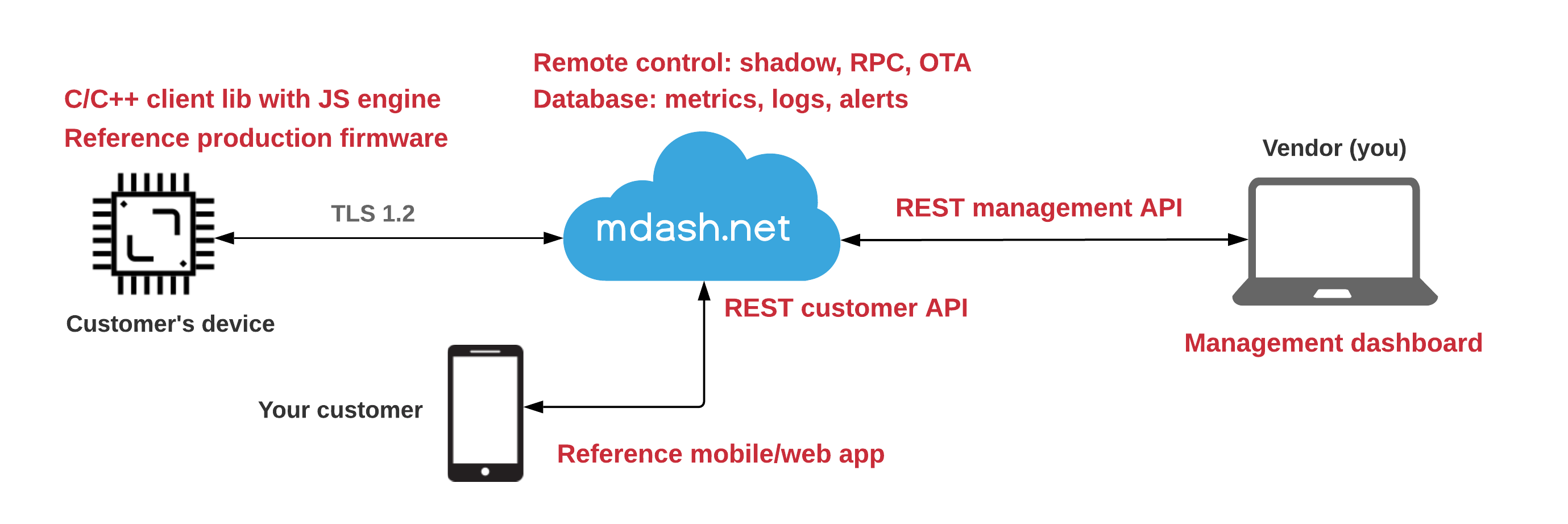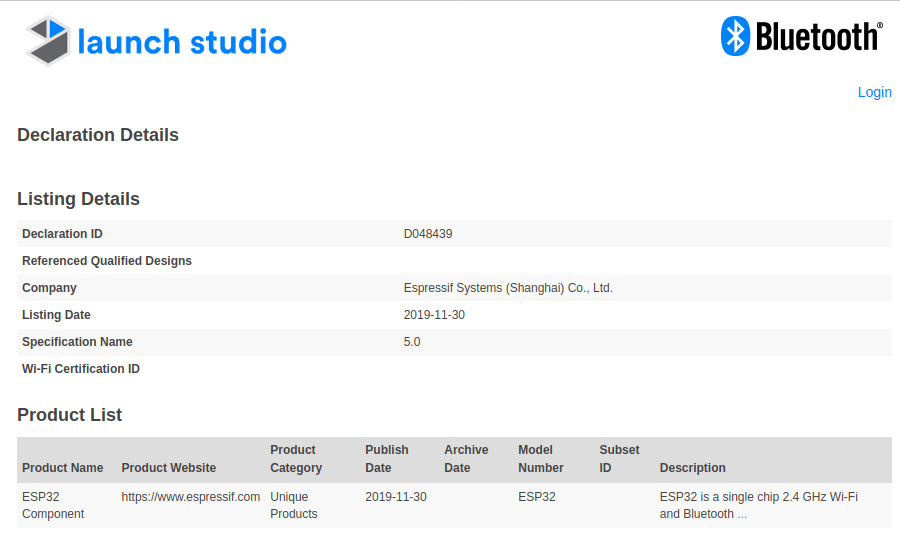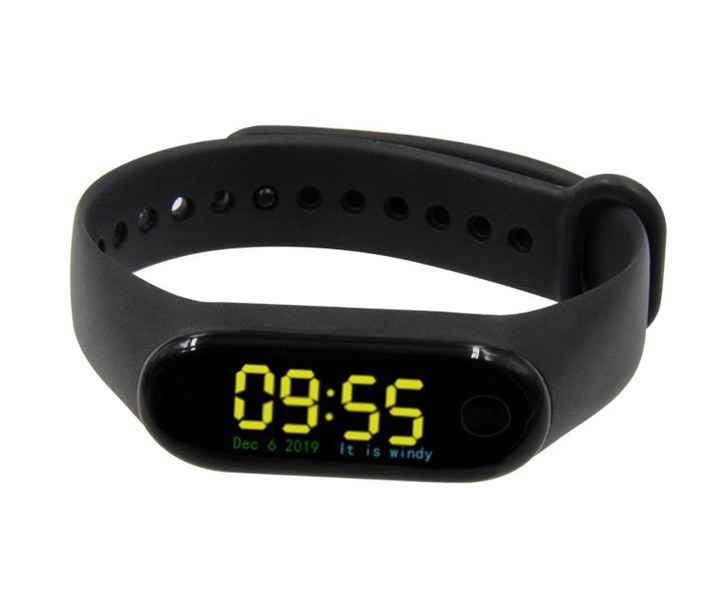Meshtastic is a project using off-the-shelf, inexpensive ESP32-based hardware with GPS & LoRa connectivity to create mesh networks helping hikers. skiers, paragliders, or people exercising other outdoor activities communicate short messages such as their GPS location. This allows each member of a private mesh network to see the location and distance of all other members and read/or any text messages sent to a group chat. No phone is required unless you have an ESP32 LoRa board without GPS in which case it would get the GPS coordinates from your phone over Bluetooth. A phone is also needed to send a message. The project currently works on three different boards TTGO T-Beam, TTGO LORA32 and Heltec LoRa 32. The T-Beam is recommended as it sells for around $26 plus shipping and features a 18650 battery holder so you can source the battery easily locally. Just make sure to purchase the right […]
$55 Watchy Smartwatch Combines ESP32 WiFi & Bluetooth SoC with E-ink Display
SQFMI has designed a (mostly) open-source hardware smartwatch based on an ESP32-S wireless module for WiFI and Bluetooth connectivity, and equipped with an E-ink display of 200×200 resolution. Watchy also comes with a BMA423 accelerometer, four buttons, a DS3231 real-time clock, and a vibration motor. The watch should last around 2 weeks on a charge. I mentioned the watch is “mostly” open source hardware because while the GERBER files, bill of materials (BoM) and the PDF schematics have been released on Github, the KiCAD schematics and PCB layout files have not so far. That still means you can understand the design, repair the design, or even make your own, but if you intended in modifying the design, you’d have some more work to do. Tom Fleet, writing for Hackster.io, does go through different sections of the schematics and explain what they do. One the software side, the watch can be […]
ESP32-S2-Kaluga-1 “Multimedia” Development Board Comes with Touchscreen Display & Camera
ESP32-S2 secure WiFi processor based on Xtensa LX7 core was first unveiled in May 2019, before the datasheet was released, and the first development boards were showcased in September. The Coronavirus outbreak slowed down progress, but the company has now announced the start of mass production for ESP32-S2 SoC, ESP32-S2-WROVER & ESP32-S2-WROOM modules, and ESP32-S2-Saola-1 development board. So that means we should soon be able to buy any of those. Apart from improved security, ESP32-S2 chip also provides a USB OTG interface and interfaces for HMI (Human Machine Interface) solutions thanks to LCD & camera interfaces. So that’s probably why the company has developed ESP-S2 Kaluga-1 board with an LCD touchscreen display, touch panel, support for camera image acquisition, audio playback, and more. We do not have the full specifications at this stage, but here are some of the highlights of the board: LCD interfaces – SPI interface or 8-/16-/24-bit […]
Barracuda App Server for ESP32 Let You Easily Develop Lua Apps via Your Web Browser
We covered Real Time Logic’s open-source lightweight Minnow Server for microcontrollers last year, and now the company has released another project: Barracuda App Server for ESP32. This project is more complex and requires an ESP32 board with PSRAM to run such as boards based on ESP32-WROVER module with 4 to 8MB PSRAM. The Barracuda App server (BAS) comes with a Lua VM, and in complement with the LSP App Manager that facilitates active development on the ESP32 by providing a web interface. The Barracuda App Server runs on top of FreeRTOS real-time operating system part of Espressif free ESP-IDF development environment. The company provides instructions to build BAS from source, as well as the LSP (Lua Server Pages ) App Manager that links to the binary-only BAS library. The Linux version of the ESP-IDF is recommended, so in Windows, you should install the “Windows Subsystem for Linux” first. The source […]
ESP32 JTAG Debugging can be done through a MicroSD Card Socket
Found in most microcontrollers and processors, JTAG is an industry standard for verifying designs and testing printed circuit boards after manufacture, and that is also often used for low-level debugging or reverse-engineering. Espressif ESP32 also has a JTAG interface, but interestingly it’s shared with the SD card interface, and in ESP32 LyRaT audio development board where both MicroSD card slot and JTAG header are present selection is made by jumpers. The extract from ESP32 LyRaT schematics above shows IO’s 12, 13, 14 and 15 can present on the SD card and 4-pin JTAG header. Some boards may not come with a JTAG header but may feature a MicroSD card slot, but you don’t have to solder wires to the board to access JTAG, and instead, you could simply use a custom MicroSD card adapter to insert into the MicroSD card socket of the board and access JTAG as explained by […]
VCON Adds IoT Cloud Connectivity to Existing STM32 & AVR Products
You can have a product based on a microcontroller and operating fully offline, for example, a washing machine. But you’d now like to update your appliance to connect to the cloud so it can upload data to the cloud, and help your customer access it. This is a non-trivial update as it requires you to add a communication module be it WiFi or Ethernet, or a new microcontroller that would require you to update your firmware to support networking and other new features. You’d also need to develop your own cloud platform, and potentially a smartphone app. Cesanta VCON platform aims to simplify the upgrade with firmware that can be flashed to ESP8266 or ESP32 module, and remotely upgrade the firmware on STM32 and AVR microcontrollers. On the hardware side, you’d need to wire your existing MCU to the ESP32 module with UART for data, BOOT/RESET for OTA firmware update. […]
Espressif Systems ESP32 Gets Bluetooth LE 5.0/5.1 Certifications
Espressif Systems ESP32 was introduced in 2016, and one of the key differences between ESP8266 and ESP32 was that the latter supported Bluetooth 4.2. But since then, the Bluetooth Special Interest Group (SIG) released Bluetooth 5.0 (2016) with higher speeds and longer range, and Bluetooth 5.1 (2019) adding direction finding for indoor positioning applications. One would have thought that upgrading from Bluetooth 4.2 to Bluetooth 5.0/5.1 might have required a new radio, but apparently not. As you can see from the above link and screenshot, ESP32 is now Bluetooth LE 5.0-Certified having passed SIG Bluetooth LE 5.0 certification. That means the Bluetooth protocol version supported by the ESP32 microcontroller has been upgraded from Bluetooth LE 4.2 to Bluetooth LE 5.0 with improved stability and compatibility. Another link also shows Bluetooth 5.1 certification for ESP NimBLE Host stack. Sadly that does not mean ESP32 suddenly supports the longer range and higher […]
$18 TTGO T-Wristband DIY Arduino Programmable Smart Bracelet Features ESP32-PICO-D4 SiP
2020 is promising to be an interesting year for low-cost user-flashable smartwatches/bracelets. After the recent introduction of the $25 Pine64 PineTime Bluetooth enabled wearable companion for PinePhone Linux smartphone that will support various real-time operating systems such as Zephyr OS or FreeRTOS, we’ve now been informed that Liliygo launched TTGO T-Wristband smart bracelet powered by Espressif Systems ESP32-PICO-D4 SiP. The watch comes with 802.11 b/g/n WiFi 4 and Bluetooth 4.2 Classic+LE connectivity and is currently selling for under $18 and up on Aliexpress and Tindie. TTGO T-Wristband smart bracelet specifications: SIP – ESP32-PICO-D4 system-in-package with ESP32 Tensilica LX6 dual-core processor, clocked at 240MHz, 520 KB SRAM, 802.11 b/g/n HT40 Wi-Fi, integrated dual-mode Bluetooth (classic + low energy) Display – 0.96″ IPS color display Antenna – WiFi / Bluetooth ceramic antenna Sensor – Invensense MPU9250 9-axis motion sensor Expansion / Programming Interface – 0.3pitch 13-pin FPC socket Misc – NXP PCF8563 […]


